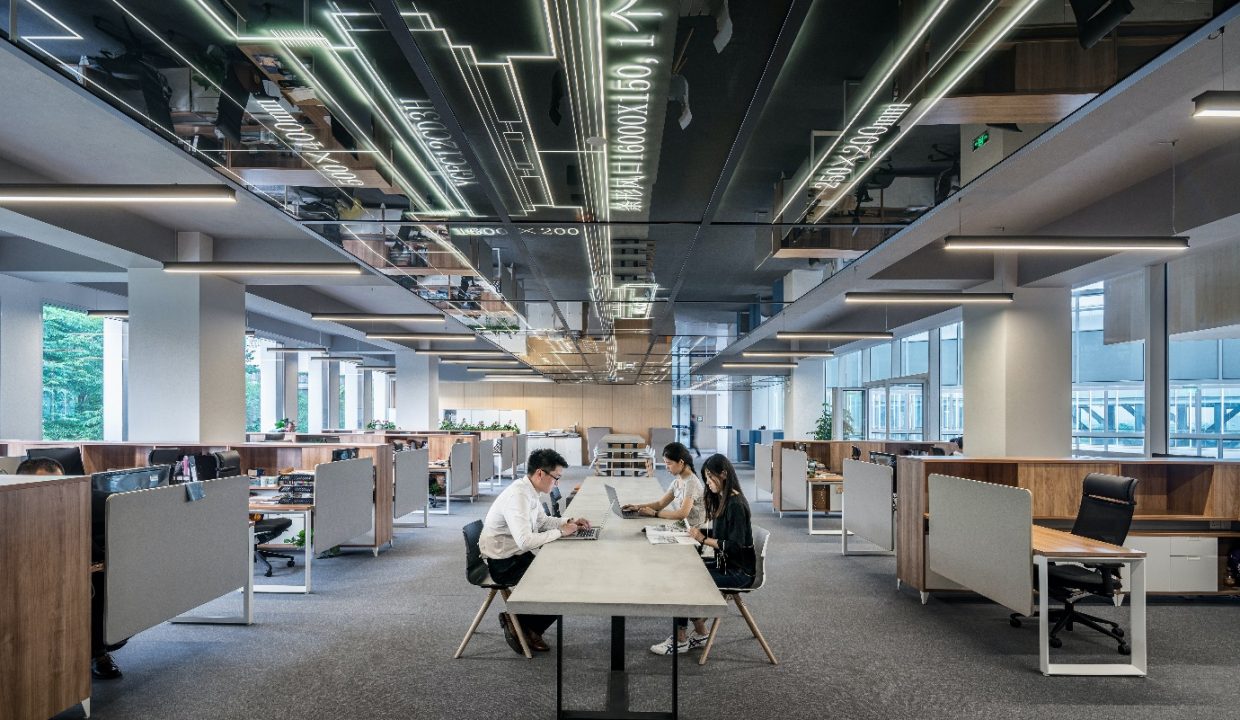
With workers headed back into the office, demand for sublease space is rising – especially in the smaller capital cities.
According to CBRE, sublease space in Brisbane, Perth and Adelaide now represents less than 0.5% of each city’s total office stock, a fraction of the current availability in Melbourne (2.2% of total stock) and Sydney (2.4%).
Sublease availability across Australia increased by 0.6% to 258,576 square meters in the second quarter, representing 1.6% of total office stock.
Sydney saw the largest quarter-on-quarter increase, with sublease space now accounting for 2.4% of stock, up from 2% in the first quarter. Meanwhile, Melbourne saw a decline from 2.4% to 2.2% due to lease deals reducing the volume of stock.
CBRE’s Head of Office Research Tom Broderick said smaller capital cities experienced a surge in demand for several reasons.
“The return to office and physical occupancy has generally been better in these markets,” Mr Broderick said.
“Also, the average tenant size is smaller, and generally it has been the larger occupiers who have looked to consolidate their footprints.
“These markets also have less exposure to financial and technology companies, which have contributed the most to the sublease market of late.”
Tom Broderick, CBRE’s Head of Office Research said Brisbane is seeing strong leasing conditions with the city’s availability representing just 0.3% of stock – the tightest in the country.
Perth’s sublease availability dropped by almost half to 0.4%, driven by a strong local economy, while Adelaide’s availability remained steady at 0.4%.
CBRE Director of Office Leasing Chris Fisher said the recent increase in Sydney is due to tenants seeking flexibility.
“Combine this with economic headwinds and a desire to cut costs and offloading under-utilised office space is an easy solution,” said Fisher.
“However, it is certainly not a blanket approach across the CBD, with the majority of tenants moving to increase their footprint.
Mr Fisher said the tech sector, which has embraced hybrid working, is seeing sub-lease space increase, while a number of tech firms “banked” space when they were growing exponentially which they no longer need.
“Large corporates also feature, with their slower return to work edicts resulting in surplus office space, with M&A activity being another driver, leaving some space redundant as businesses merge their operations,” he said.
“The pleasing part is there is activity in the market and healthy turnover in the sublease space.
“Whilst decision times are slower, underlying demand is strong and the benefits of sublease space with quality fitout and below market rent is being embraced by sections of the market.”

